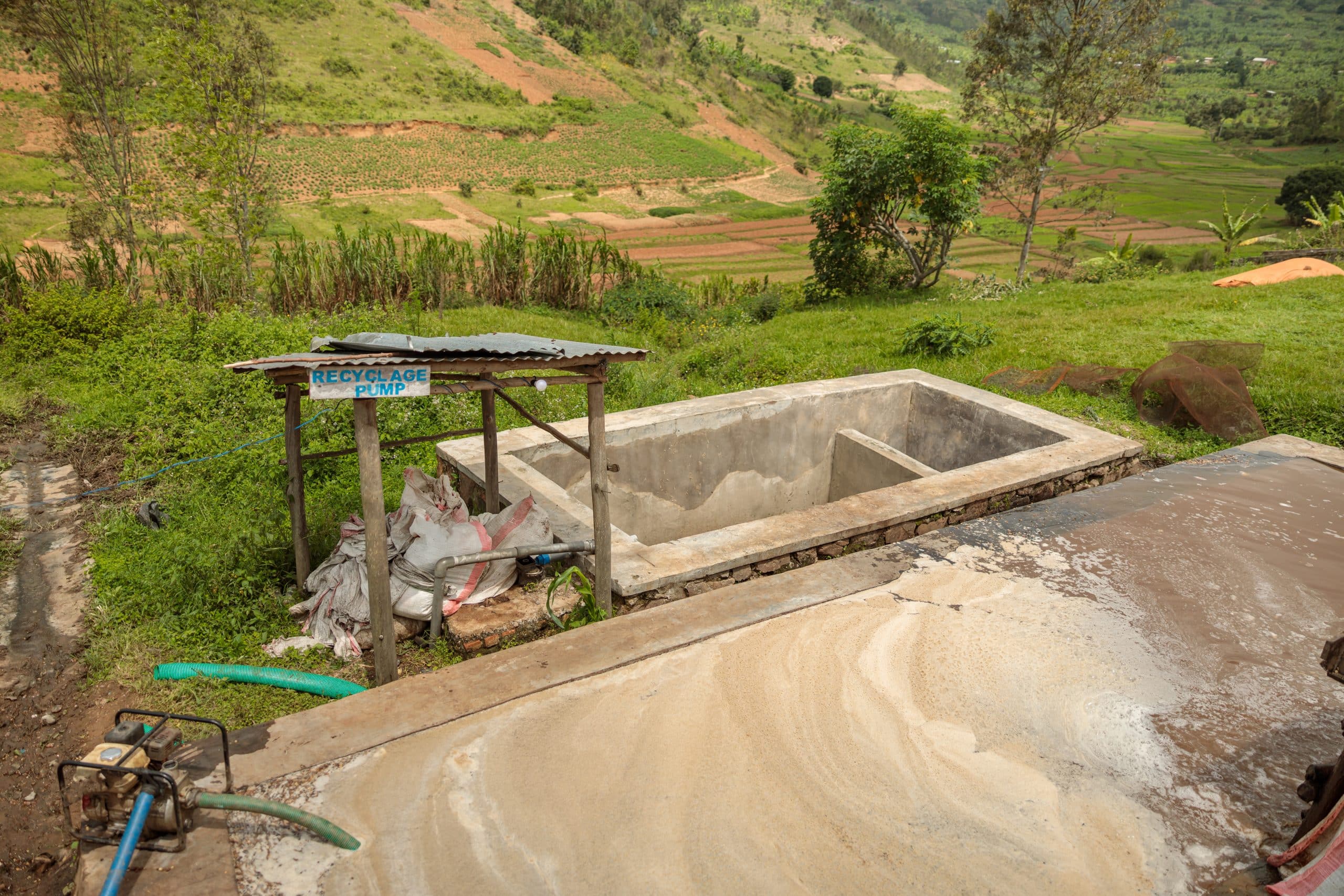Water is a precious resource that many people take for granted. However, as the demand for water continues to increase, it’s becoming more and more important for us to find ways to conserve this limited commodity. One way to do this is by recycling the water we use at home, specifically, greywater.
Not everyone may be familiar with greywater, but it’s something that every household produces. Greywater is essentially the used water from your washing machines, showers, baths, and sinks. Now, imagine if you can repurpose this greywater for your garden instead of letting it go down the drain. The concept may seem daunting at first, but with a greywater system in place, you can save both water and money, and your garden will thank you for it.
Avez-vous vu cela : What’s the Best Way to Use Smart Lighting to Enhance Home Aesthetics and Functionality?
Through this article, you will get a comprehensive insight on greywater systems, its implementation process, and the health and wellness of your garden plants.
Understanding Greywater and Its System
Before diving into the implementation process, it’s important to grasp what greywater is and how its system functions.
A lire également : What Are the Innovative Ways to Use Recycled Glass in Home Construction?
Greywater constitutes around 50-80% of a household’s wastewater. Except for water from toilets and kitchen sinks, which is known as black water due to its high level of contamination, most of your home’s wastewater is greywater. This includes water from your bathtub, bathroom sinks, washing machine, and shower.
The primary principle of a greywater system is simple: instead of allowing this water to waste away, redirect it for beneficial use in your garden. With a well-designed and managed greywater system, you can recycle this water for irrigation purposes, helping your plants flourish while reducing your overall water consumption.
An Introduction to Greywater Systems for Gardens
Integrating a greywater system into your garden isn’t as complicated as it may sound. These systems come in a variety of forms, from simple, manually operated setups to more complex, automated systems.
A basic greywater system collects the water from your washing machine or bathroom, passes it through a filtering process to remove any solid debris, and then diverts it to your garden. More advanced systems may include treatment processes to further purify the water before it hits the soil.
Remember, the primary goal of setting up a greywater system is to reuse water that would otherwise be wasted, providing an eco-friendly solution for garden care.
Installing a Greywater Recycling System
Now that you’ve got the basics of what a greywater system is, let’s look at how you can actually install one in your home. While it’s possible to DIY, professionals are often recommended to ensure the system is correctly installed and complies with local regulations.
Installation of a greywater recycling system typically involves redirecting the plumbing from your washing machine or bathroom to a tank or directly to your garden. This tank stores the greywater until it’s ready to be used, and will usually include a pump to distribute the water throughout your garden.
The complexity of your system will depend on several factors, including the size of your garden and the volume of greywater you produce. Regardless of the size, it’s essential to filter and treat the greywater before it’s used for irrigation.
Treating Greywater for Safe Use
While greywater is less contaminated than black water, it still contains particles, bacteria, and potential pathogens that need to be removed before it’s safe to use on your garden.
Several treatment methods can be employed, ranging from simple, physical filtration processes to more complex chemical and biological treatments. The level of treatment required will depend on your local regulations and the types of plants you have in your garden.
One thing to keep in mind is the types of products you use in your home. Harsh detergents and personal care products can contaminate your greywater and may harm your plants, or even worse, contaminate the groundwater.
Maintaining the Health of Your Garden with Greywater
Using greywater in your garden is a brilliant way to conserve water and save on your utility bills, but it’s important to ensure that it doesn’t negatively impact the health of your garden.
As previously mentioned, the types of products you use in your home can have a significant effect on your greywater’s quality. Opting for eco-friendly, biodegradable products is a good start to making sure your greywater is plant-friendly.
Monitoring your garden’s health is also crucial. If you notice any changes in your plants’ health or growth, it may be a sign that your greywater needs further treatment.
Additionally, keep in mind that greywater should not be stored for too long as it will start to break down and produce unpleasant odours. If you’re collecting greywater in a tank, aim to use it within 24 hours.
Greywater systems, when implemented and managed correctly, can be an effective way to reduce water waste and keep your garden healthy and thriving, all while conserving one of our most precious resources—water.
Essential Tips for Successful Greywater Reuse
While installing a greywater system can seem complex, a few key considerations and practices can help ensure a successful implementation.
Firstly, consider the organic load of your greywater. This depends on the type of products you use, specifically detergents and personal care items. Since these products are going directly into your garden, opt for eco-friendly, biodegradable ones. They are less harmful to your plants and won’t contaminate the groundwater.
When it comes to the greywater system itself, remember to account for the size of your garden and the amount of greywater your household produces. These two factors will determine the complexity and capacity of your system.
Furthermore, consider the installation process. While some homeowners might be tempted to install their greywater system themselves, hiring a professional is recommended. They can ensure your system is correctly installed, meets local regulations, and operates efficiently.
Lastly, remember the golden rule of greywater reuse: never store it for too long. Greywater begins to break down and produce unpleasant odours if left unused, so aim to use it within 24 hours.
Conclusion: How Greywater Systems can Transform Your Garden and Water Use
In the face of an escalating demand for water, reusing and recycling this precious resource is more important than ever. With a greywater recycling system, you can help conserve water, save money, and maintain a thriving garden.
Through a carefully installed and managed greywater system, you can repurpose the water from your washing machines and bathrooms for irrigation. With the correct treatment and proper maintenance, your garden can flourish with this recycled water, reducing the strain on our fresh water supplies.
Remember, the key to a successful greywater system lies in understanding its principles, using eco-friendly products, and ensuring correct implementation and maintenance. By doing so, you can make the most of your household water, reducing waste and helping to conserve this vital resource.
As more people become aware of the benefits of greywater systems, it’s clear that there’s a growing trend towards more sustainable living. So why not join the greywater action today and transform the way you use water in your home and garden? You’ll be doing your part in conserving water, and your garden will thank you for it.













